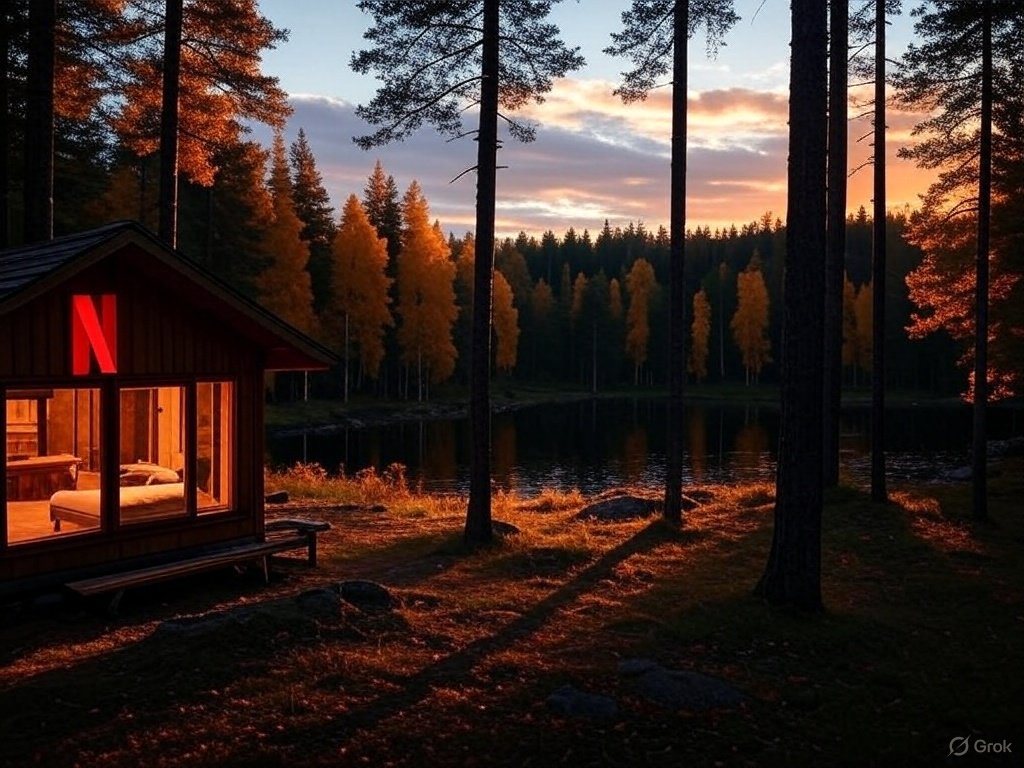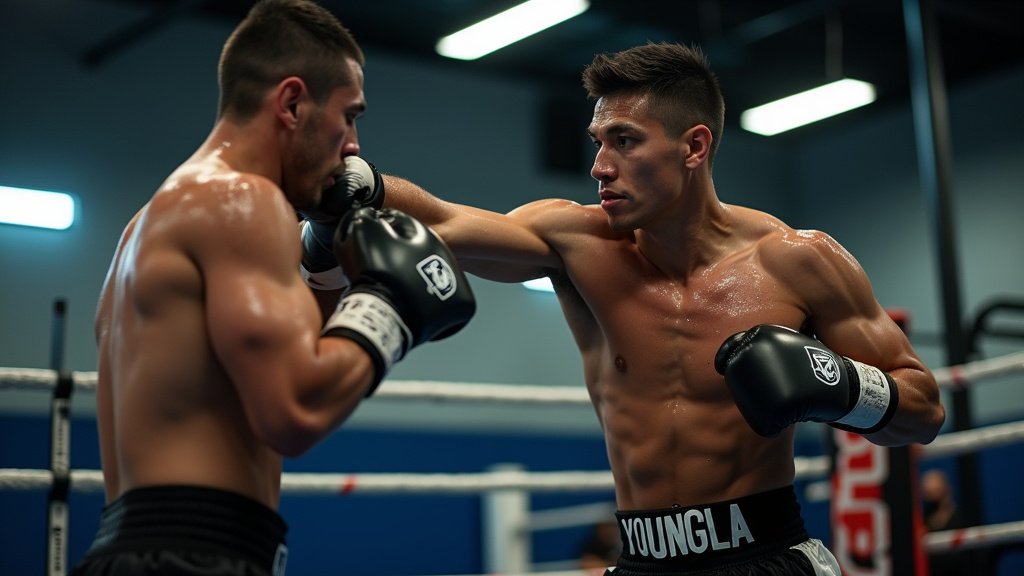Since the release of Black Mirror: Bandersnatch in 2018, Netflix has quietly been perfecting a new paradigm of storytelling: the interactive film. Gone are the days when viewers passively digested a narrative; today, audience decisions shape plotlines, twist endings, and even character fates in real time. As streaming platforms compete for attention in an oversaturated market, Netflix’s interactive experiments stand out by offering agency and immersion that feel tailor-made for the digital age. Here’s a close look at how these interactive films are made, why they’re resonating with audiences, and what lies ahead for this bold frontier of streaming storytelling.
A Brief History: From Bandersnatch to Beyond
Netflix’s journey into interactive storytelling began with Puss in Book: Trapped in an Epic Tale and Carmen Sandiego: To Steal or Not to Steal, which targeted children’s audiences with simple “choose your path” mechanics. The real breakthrough, however, came with Black Mirror: Bandersnatch, a 90-minute standalone film that wove a meta-narrative about choice, free will, and creative control. Viewers guided protagonist Stefan through teenage angst, programming challenges, and spiraling realities—ultimately unlocking one of several possible endings.
Based on Bandersnatch’s success, Netflix expanded its interactive slate in 2021–2024 to include genres as diverse as horror (You vs. Wild), musical adventure (Cocomelon’s “Choose Your Melody”), and romantic comedy (Headspace Guide to Meditation’s “mindful branching”). Each experiment refined user-interface design, reduced loading times between choices, and improved accessibility across devices—from TVs to smartphones.
The Technical Backbone: Branching Narratives and Seamless Transitions
Crafting an interactive film demands meticulous planning and robust technology:
- Branching-Tree Scriptwriting
Writers begin by mapping every decision point in a branching tree diagram. A 60-minute film with ten choice spots can easily balloon into dozens of unique story paths, all of which require coherent setups, payoffs, and consistent character arcs. Story architects use specialized software—like BranchTrack or Twine—to visualize branches, flag narrative redundancies, and ensure each path maintains dramatic tension. - Filming Multiple Variants
On set, directors shoot alternative takes back-to-back. Actors must deliver subtle performance shifts to reflect earlier viewer choices—say, a warm hug versus a tense confrontation. Continuity supervisors meticulously track wardrobe, lighting, and props to guarantee seamless transitions when viewers move from one branch to another. This approach turns production into a hybrid of film and game development, with daily rushes reviewed not just for quality but for branching integrity. - Real-Time Streaming Orchestration
Netflix’s streaming engine dynamically stitches scenes based on viewer input. Choices pop up as overlays—two to four options— and viewers have limited seconds to decide. As soon as a choice is selected, pre-buffered assets for the subsequent segment play instantly, avoiding perceptible loading delays. Behind the scenes, a distributed content-delivery network caches every potential next clip regionally, ensuring global audiences enjoy glitch-free interactivity. - Analytics-Driven Iteration
Post-launch, Netflix aggregates choice data: which options users pick most, where drop-off spikes, and how many viewers replay to explore alternate branches. This real-time feedback informs future projects—writers learn which narrative beats resonate, and engineers optimize buffering for high-traffic sequences. A/B testing further fine-tunes user-interface elements such as button color, placement, and countdown duration.
Audience Appeal: Agency, Replayability, and Novelty
Interactive films tap into fundamental audience desires:
- Agency in Storytelling: Viewers relish the illusion of control—making choices that feel impactful, whether it’s sparing a character’s life or choosing a romantic confession. The active engagement fosters emotional investment far beyond passive watching.
- Replayability: Unlike linear films, interactive titles encourage multiple playthroughs to uncover hidden branches, Easter eggs, and alternate endings. This increases total watch time, a critical metric for Netflix’s algorithms. Anecdotal data suggests Bandersnatch fans average 3–4 replays to view all five distinct conclusions.
- Social Sharing and Discussion: Choice outcomes spark lively online debates—“I chose to save the scientist; what did you do?”—driving organic buzz on Twitter, TikTok, and Reddit. Interactive moments become meme fodder and launch virtual watch parties where friends compare divergent storylines.
Creative Challenges: Balancing Freedom and Coherence
Interactive storytelling isn’t without its pitfalls:
- Choice Overload vs. Meaningful Decisions
Too many options can paralyze viewers, while trivial choices undermine engagement. Writers aim for a “Goldilocks zone” of 8–12 decision points per film, each with 2–3 impactful options that meaningfully alter character relationships or plot direction. - Maintaining Narrative Momentum
Jumping between branches risks disjointed pacing. Consistent emotional through-lines—recurring motifs, character goals, and thematic anchors—help maintain coherence. Even contrasting branches must echo core conflicts to preserve dramatic stakes. - Budget and Production Complexity
Shooting multiple branches inflates budgets by 30–50% compared to linear films. Interactive projects demand more preproduction planning, longer shoot days, and exhaustive postproduction editing to weave seamless transitions. Netflix mitigates risk by pairing high-profile talent and leveraging scalable budgets for tentpole interactive events.
Notable Interactive Features and Innovations
Netflix’s ongoing experiments continue to push boundaries:
- Dynamic Music Scores: Composers craft music stems that adapt to narrative branches, shifting tempo or key based on viewer choices. If you choose to confront an antagonist, the score intensifies; if you opt for diplomatic dialogue, a subdued motif underscores the scene.
- Adaptive Subtitles & Audio Cues: Accessibility features dynamically adjust subtitle timing and audio descriptions in line with branching content, ensuring that hearing-impaired and visually impaired audiences receive comprehensive narrative guidance.
- Mobile-Exclusive Interactions: Some projects incorporate smartphone sensors—tilt to look around 360° scenes or whisper voice commands into your mic to unlock hidden branches—blurring lines between film and immersive gaming.
- Collaborative Choices: In Netflix Party (Teleparty) mode, group decisions are aggregated democratically—majority rules determine the branch, fostering communal storytelling reminiscent of live “choose-your-own-adventure” broadcasts.
The Future of Interactive Streaming
As technology evolves, interactive films may converge further with video games and XR (extended reality):
- Fully Reactive AI Characters
Integration of conversational AI could allow viewers to speak directly to characters, triggering unscripted dialogue branches that respond to natural-language prompts—an evolution toward truly dynamic narratives. - Persistent Narrative Worlds
Imagine a serialized interactive drama where your choices carry over between episodes or seasons, creating a personalized character arc and private “story save” credentials that influence future plotlines. Netflix could leverage user profiles to recall past decisions, tailoring sequel episodes to each viewer’s unique journey. - Cross-Platform Interactivity
Narrative progression might span devices: start on your living room TV, continue on your mobile during your commute—choices sync across screens, with mobile-exclusive micro-episodes that deepen character backstories. - Hybrid Live-Interactive Events
Netflix could host scheduled livestreamed interactive films where global audiences choose collectively via timed polls, merging the social dynamics of live TV with personalized branching for smaller sub-groups—think global primetime “choose-your-adventure” premieres.
Conclusion
Netflix’s interactive films represent a bold reimagining of storytelling—melding cinematic production values with the agency and replayability of gaming. By tackling technical challenges, refining narrative design, and leveraging real-time analytics, Netflix has transformed audience passivity into dynamic participation. As interactive projects grow more sophisticated—integrating AI, cross-episode persistence, and hybrid live events—the boundaries between film, gaming, and social viewing will continue to dissolve. For storytellers and viewers alike, the message is clear: the future of streaming isn’t just what happens next on screen, but what happens because of you.





